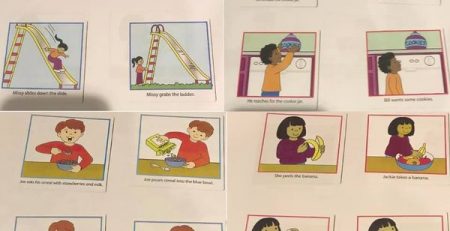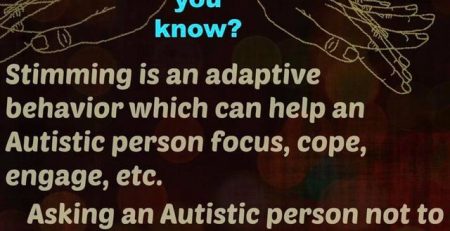Fine and Gross Motor Activities for Children with Autism
Autism is a neurodevelopmental disability characterized by problems with communication and social interactions. It is considered a serious and chronic disorder, and children with this diagnosis present with a variety of functional challenges.Traits in children diagnosed with autism can vary, though a common characteristic is the delayed development of fine and gross motor skills. Children with autism often have difficulty with writing, clothing fasteners, and sports activities. Occupational therapy techniques can be helpful.Motor skills in children with autism are often delayed, including the acquisition of fine motor skills and gross motor skills. Fine motor (holding a pencil, writing letters and numbers, cutting with scissors, tying shoes) and gross motor (walking, running, athletic coordination) developmental milestones are often more difficult for children with autism to attain in comparison to their neuro-typical peers. These delays can impact a child’s ability to function on a day-to-day basis in the school setting and at home. The difficulties that young people with this disorder face in regard to motor skills development can lead to frustration, anxiety, low self-esteem, and apprehension toward learning a new skill or task.Occupational Therapy and Motor Skills ActivitiesOccupational therapists are able to help children diagnosed with autism improve their fine and gross motor development through a variety of techniques and exercises. Parents can also work with their children on these techniques in the home environment. The earlier a child with autism begins to receive assistance in strengthening fine motor skills and gross motor skills, the more likely that school, social, and daily life experiences will be easier to navigate.Some methods that therapists use when promoting motor development in children diagnosed with autism are:–Teaching remedial exercises that are designed to encourage improvement with letter formation, appropriate spacing between words, and a functional pencil grasp.–Providing adaptations for writing as the child gets older, such as keyboarding options on a portable word processing device.–Working on basic fine motor skills by having the child lace on lacing cards, stack blocks, assemble nuts and bolts and string beads.–Address strength issues in the hands and fingers by having the child search for beads hidden in putty, squeezing and placing clothespins on the edge of a box or jar, squeezing on exercise balls and using the thumb and index finger to pop the bubbles on plastic bubble wrap.–Offering hands-on assistance when practicing tasks such as buttoning, holding utensils, and tying laces, and then fading that assistance as the child gains mastery of the skills.–Providing children with ample opportunity to work on physical coordination and balance through supervised use of playground equipment, such as climbing up steps and ladders, walking on balance beams and navigating jungle gyms.–Increasing arm and leg coordination with activities such as swimming and moving to music.–Developing hand-eye coordination by practicing athletic skills such as catching, throwing, or kicking balls.–Working on crab walks, hopping like a frog, and wheelbarrow walking with the child.–Having the child jump over a rope stretched out with several curves (like a snake). Instruct the child not to touch the rope or loose balance while jumping.










Leave a Reply